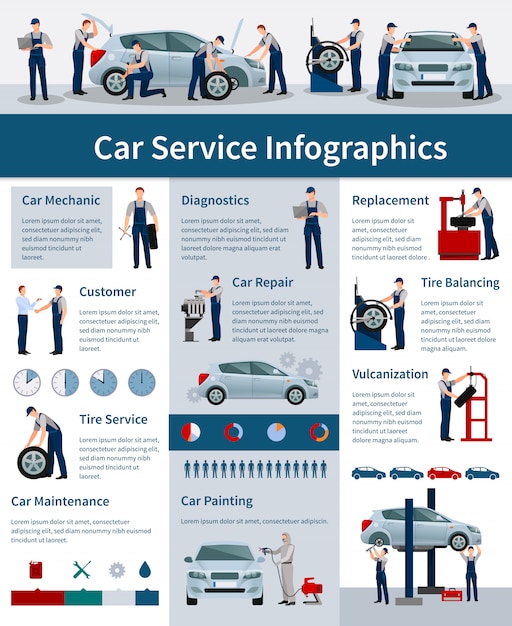Fascinated In Understanding The Caution Lights On Your Car'S Control Panel? Discover Their Significance For Your Car'S Security And Overall Condition
Fascinated In Understanding The Caution Lights On Your Car'S Control Panel? Discover Their Significance For Your Car'S Security And Overall Condition
Blog Article
Personnel Author-Hartley Forbes
When you're behind the wheel, those beautiful warning lights on your dashboard can be a little bit bewildering. Do you recognize what they're attempting to inform you about your cars and truck's health? Recognizing the value of these lights is important for your security and the long life of your vehicle. So, the following time one of those lights turns up, would not you wish to analyze its message precisely and take the essential steps to resolve it?
Common Caution Lighting and Interpretations
Determine common caution lights in your automobile and comprehend their definitions to make certain secure driving.
One of the most typical caution lights include the check engine light, which signals problems with the engine or exhausts system. If this light comes on, it's vital to have your car checked quickly.
The oil stress warning light shows low oil stress, calling for immediate attention to stop engine damages.
A flashing battery light may suggest a faulty charging system, potentially leaving you stranded if not dealt with.
The tire pressure monitoring system (TPMS) light notifies you to reduced tire stress, affecting automobile stability and fuel performance. Overlooking this can result in hazardous driving conditions.
https://cristianrmgat.elbloglibre.com/31156602/trick-suggestions-leading-10-tips-for-recognizing-the-very-best-automobile-service-center-in-your-area suggests an issue with the anti-lock stopping system, endangering your ability to quit rapidly in emergencies.
Lastly, the coolant temperature level cautioning light warns of engine getting too hot, which can result in severe damages if not resolved swiftly.
Understanding these common caution lights will certainly assist you resolve problems immediately and maintain safe driving problems.
Significance of Prompt Attention
Recognizing the common caution lights in your vehicle is just the initial step; the value of without delay attending to these warnings can't be emphasized enough to guarantee your safety and security when traveling.
When a caution light brightens on your control panel, it's your cars and truck's way of connecting a prospective problem that needs attention. Ignoring these cautions can result in much more severe problems later on, endangering your safety and possibly costing you more out of commission.
Trigger attention to warning lights can prevent breakdowns and crashes. For instance, a blinking check engine light might indicate a misfire that, if left ignored, might cause damages to the catalytic converter. Addressing this without delay can save you from a costly repair work.
Likewise, a brake system cautioning light may indicate low brake liquid or worn brake pads, critical components for your safety when driving.
DIY Troubleshooting Tips
If you discover a caution light on your control panel, there are a few DIY repairing tips you can attempt prior to looking for professional assistance.
The first step is to consult your cars and truck's manual to comprehend what the specific warning light suggests. In some cases the issue can be as simple as a loose gas cap triggering the check engine light. Tightening up the gas cap might fix the problem.
One more usual issue is a reduced battery, which can set off various alerting lights. Checking the battery connections for deterioration and ensuring they're safe and secure may fix the issue.
If a caution light continues, you can try resetting it by disconnecting the auto's battery for a few mins and afterwards reconnecting it. In addition, inspecting your automobile's fluid levels, such as oil, coolant, and brake liquid, can assist troubleshoot advising lights associated with these systems.
Conclusion
Finally, comprehending your vehicle's warning lights is important for keeping your car running smoothly and securely. By quickly resolving Suggested Looking at and understanding what they suggest, you can stay clear of costly repairs and potential breakdowns.
Remember to consult your car's handbook for certain information on each warning light and act appropriately to ensure a hassle-free driving experience.
Keep informed, stay safe when traveling!
